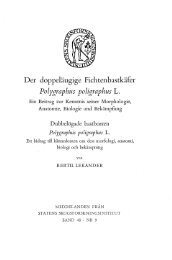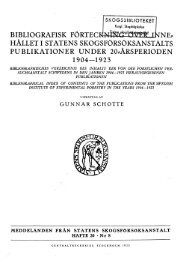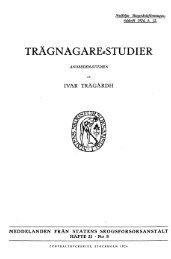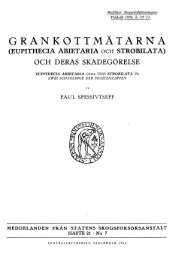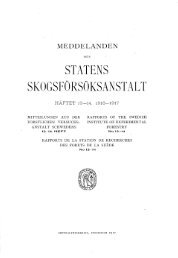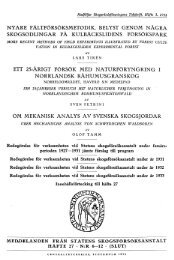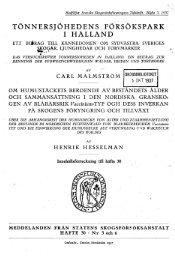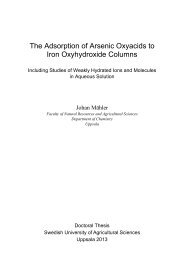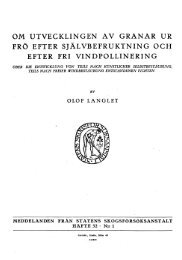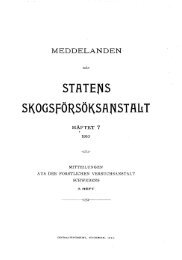Plant-Based Biogas Production for Improved Nutrient Management ...
Plant-Based Biogas Production for Improved Nutrient Management ...
Plant-Based Biogas Production for Improved Nutrient Management ...
You also want an ePaper? Increase the reach of your titles
YUMPU automatically turns print PDFs into web optimized ePapers that Google loves.
Hansen et al. (2005) reported that the residual effect of a harvested<br />
clover-grass ley was larger following first-year ley than following secondyear<br />
ley, but the opposite was found by Granstedt & L-Baeckström (2000).<br />
Hansen et al. (2005) attributed the reduced effect to organic N being easier<br />
to mineralise if <strong>for</strong>med more recently. This was indeed also observed by<br />
Granstedt & L-Baeckström (2000), as the third-year ley had a substantially<br />
lower first-year residual N effect than the second-year ley although a larger<br />
amount of N was incorporated with the third-year ley. The explanation was<br />
not only to be found in a lower N concentration due to reduced clover<br />
content, but also to the fact that the third-year ley had a humification<br />
coefficient of 0.4, in comparison with 0.35 <strong>for</strong> harvested first- and secondyear<br />
leys. Similarly, Granstedt (1995) was able to predict the first-year<br />
apparent N mineralisation from different one-year green manure crops by<br />
using a humification coefficient of 0.35.<br />
In conclusion, factors of importance <strong>for</strong> residual N effects include:<br />
o species<br />
o N-concentration<br />
o time of incorporation<br />
o harvested ley or green manure ley<br />
o age of ley<br />
1.2.3 Calculation of N use efficiency, residual effect and fertiliser value<br />
<strong>Nutrient</strong> efficiency can be expressed in several ways depending on the main<br />
focus of the study (Weih et al., 2011). For practical farming or advisory<br />
service organisations, mineralisation of crop residues needs to be translated<br />
into some expression of fertiliser value. The literature contains a mix of<br />
different ways to evaluate fertiliser value. For example, Schröder et al. (1997)<br />
evaluated the first-year fertiliser value of cover crops by their effect on: (1)<br />
economic optimum N rates; (2) marketable yield; and (3) N yield when no<br />
mineral fertiliser N was supplied. In a split-plot experiment with cover crops<br />
and a control without cover crop as main plots, five N fertiliser levels<br />
(including a 0-level) were applied to the following crop in sub-plots. This is<br />
an unusually ambitious way of studying residual N effect, but it showed that<br />
the N fertiliser value was lower when evaluated in terms of economic<br />
optimum N rates and highest in terms of effect on N yield when no mineral<br />
fertiliser was supplied.<br />
A more common way of studying residual N effects in field experiments<br />
is to compare yield level and/or N uptake between the pre-crop or cover<br />
crop in question and a control, which is often a cereal without a cover crop<br />
(e.g. Wallgren & Linden, 1994). The comparison is typically made without<br />
22





